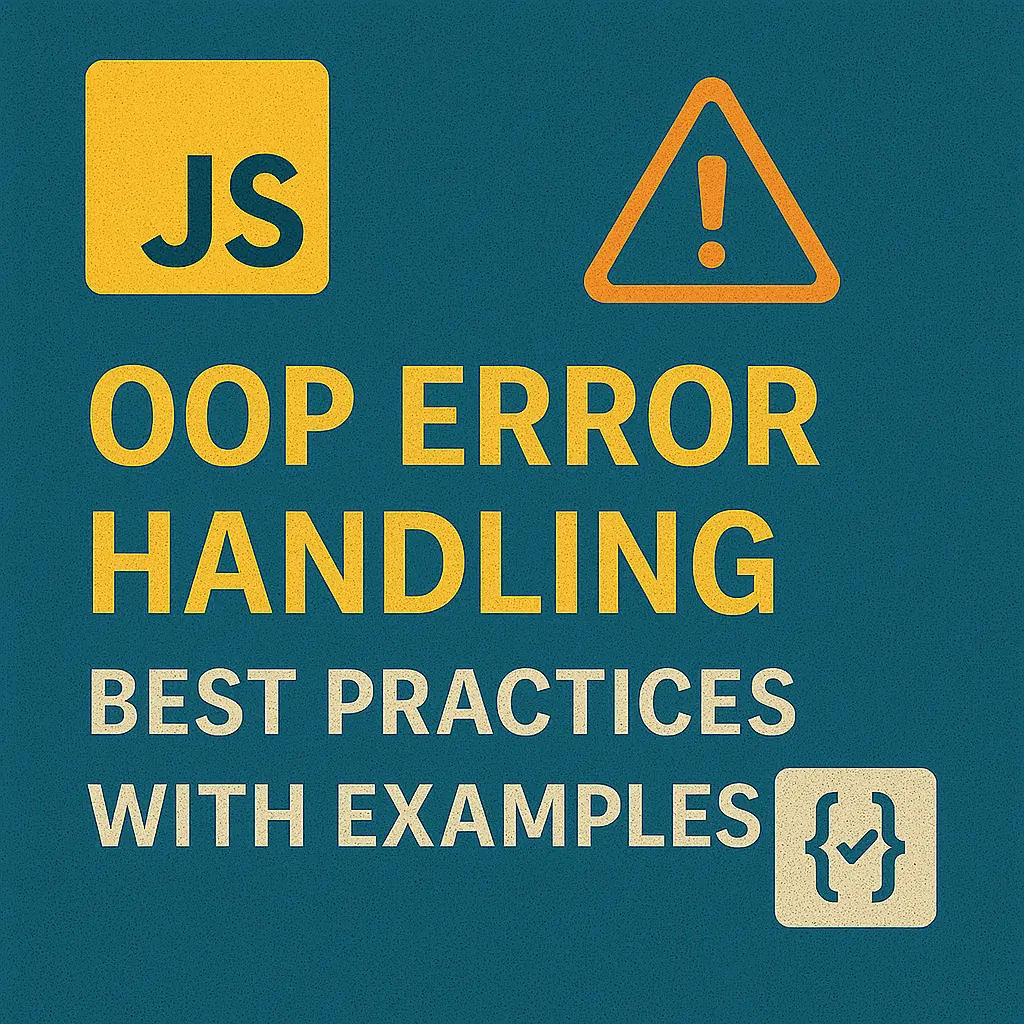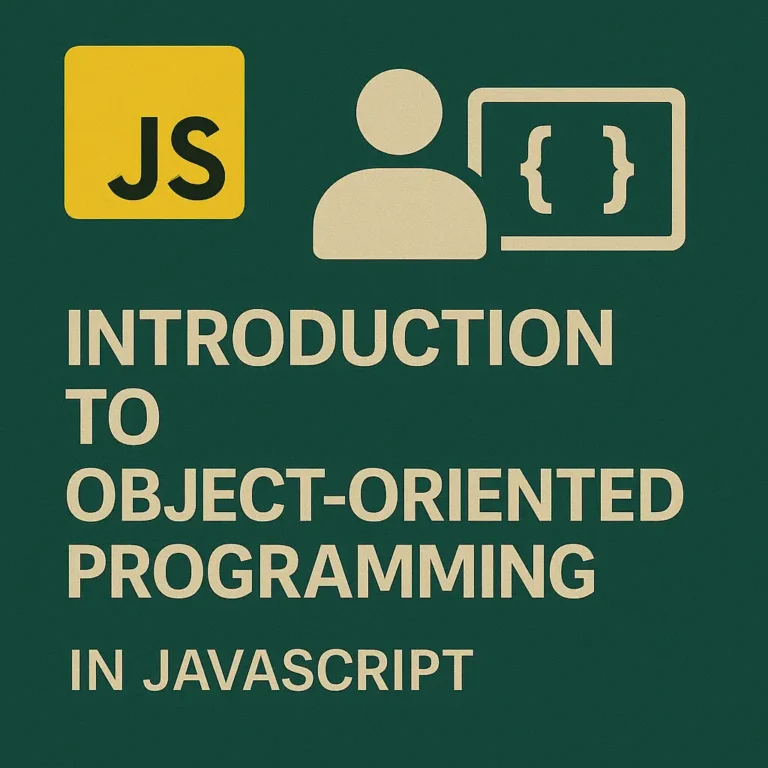In the realm of object-oriented programming (OOP), error handling plays a crucial role in ensuring robust and resilient code. In this comprehensive guide, we’ll explore the nuances of error handling in OOP with JavaScript, delve into the creation of custom error classes, and discuss best practices for effective error handling.
Handling Errors in OOP
In object-oriented programming, error handling revolves around encapsulating and managing errors within classes and objects. By leveraging OOP principles like encapsulation and inheritance, developers can design error handling mechanisms that promote code reuse, modularity, and maintainability.
class Calculator {
add(a, b) {
if (typeof a !== 'number' || typeof b !== 'number') {
throw new Error('Invalid input: Both parameters must be numbers');
}
return a + b;
}
}
const calculator = new Calculator();
try {
console.log(calculator.add(2, '3')); // Throws an error
} catch (error) {
console.error('Error:', error.message);
}
In this example, the Calculator class encapsulates the functionality of adding two numbers. If invalid input is provided (i.e., non-numeric values), an error is thrown. The error handling logic is encapsulated within the Calculator class, promoting code modularity and reusability.
Custom Error Classes
While JavaScript provides built-in error types like Error, SyntaxError, and TypeError, creating custom error classes can offer more specific error messages and facilitate better error handling. Custom error classes can extend built-in error types or be entirely new classes tailored to specific application requirements.
class CustomError extends Error {
constructor(message) {
super(message);
this.name = this.constructor.name;
this.stack = (new Error()).stack;
}
}
class ValidationError extends CustomError {
constructor(message) {
super(message);
}
}
class Calculator {
add(a, b) {
if (typeof a !== 'number' || typeof b !== 'number') {
throw new ValidationError('Invalid input: Both parameters must be numbers');
}
return a + b;
}
}
const calculator = new Calculator();
try {
console.log(calculator.add(2, '3')); // Throws a ValidationError
} catch (error) {
console.error('Error:', error.message);
}
In this example, we define a CustomError class as the base class for custom errors. We then create a ValidationError class that extends CustomError to represent validation-related errors. Using custom error classes allows for more descriptive error messages and better categorization of errors.
Error Handling Best Practices
Use Descriptive Error Messages:
Provide clear and informative error messages that help developers understand the nature and cause of the error.
Handle Errors Gracefully:
Use try-catch blocks to gracefully handle errors and prevent them from crashing the application.
Use Custom Error Classes:
Create custom error classes to represent different types of errors and provide more context-specific error messages.
Log Errors:
Always log errors to the console or a logging service to facilitate debugging and troubleshooting.
Fail Fast:
Validate inputs and conditions early in the code and fail fast by throwing errors as soon as an error condition is detected.
Centralize Error Handling:
Centralize error handling logic in a single location or class to promote code reuse and maintainability.
Conclusion
Error handling is a critical aspect of software development, especially in object-oriented programming. By encapsulating error handling logic within classes and objects, developers can create robust and resilient applications that gracefully handle errors and provide a smooth user experience. Custom error classes, descriptive error messages, and adherence to error handling best practices are essential elements of effective error handling in object-oriented JavaScript. By mastering error handling techniques in OOP, developers can build reliable and maintainable applications that meet the demands of modern software development.






